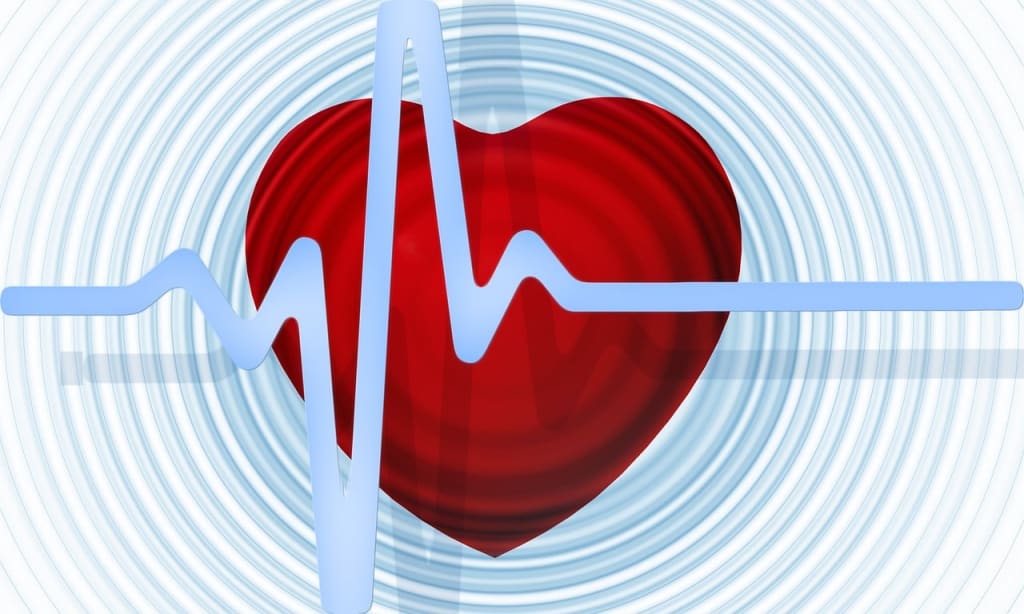Cutting-Edge Cardiography Techniques for Accurate Heart Health Assessment
New cutting-edge tech diagnoses heart failure in record time

Cutting-Edge Cardiography Techniques for Accurate Heart Health Assessment
Cardiovascular diseases remain a significant global health concern, responsible for millions of deaths yearly. Early and accurate assessment of heart health is crucial for timely intervention and prevention of cardiovascular events. Traditional cardiac diagnostic tools, such as electrocardiography (ECG) and echocardiography, have been instrumental in diagnosing heart conditions. However, recent advancements in technology have brought about cutting-edge cardiography techniques that offer enhanced accuracy and provide deeper insights into heart health assessment. In this article, we will explore some of these groundbreaking techniques that are revolutionizing the field of cardiology.
Cardiac Magnetic Resonance Imaging (CMR):
CMR, also known as cardiac MRI, is a non-invasive technique that utilizes a strong magnetic field and radio waves to generate detailed images of the heart. Unlike traditional imaging techniques, CMR provides high-resolution images of the heart's structures, including the chambers, valves, and blood vessels. It allows for assessing cardiac function, tissue characterization, and detecting abnormalities such as tumors, congenital heart defects, and ischemic heart disease. CMR is particularly valuable in evaluating patients with complex heart conditions and is considered the gold standard for myocardial tissue viability assessment.
Coronary Computed Tomography Angiography (CCTA):
Crush Your Weight Loss Goals - Discover the Ultimate Strategies for Success!
CCTA is a non-invasive imaging technique that employs computed tomography (CT) to visualize the coronary arteries and detect the presence of any blockages or narrowing. It involves the injection of a contrast dye into the patient's bloodstream, followed by a rapid series of X-ray images that create a three-dimensional map of the coronary arteries. CCTA is highly accurate in diagnosing coronary artery disease and is particularly useful in patients with low to intermediate risk of cardiovascular events. It enables physicians to identify and assess the severity of arterial blockages, guiding appropriate treatment decisions.
Positron Emission Tomography (PET):
PET is a functional imaging technique that uses small amounts of radioactive tracers to evaluate the metabolic activity of tissues. In cardiology, PET can be employed to assess myocardial blood flow, myocardial viability, and myocardial inflammation. By tracking the distribution of the radioactive tracer, PET can identify areas of reduced blood flow or detect viable myocardium in regions that may appear non-functional in other imaging modalities. This information aids in determining the most appropriate therapeutic interventions and predicting the prognosis of patients with coronary artery disease or heart failure.
Cardiac CT Calcium Scoring:
Cardiac CT calcium scoring is a specialized application of CT imaging that focuses on quantifying the amount of calcified plaque in the coronary arteries. Calcified plaque is a marker of atherosclerosis and is strongly associated with the risk of future cardiovascular events. By measuring the calcium content in the coronary arteries, this technique provides coronary artery calcium (CAC) score, which helps stratify patients into low, intermediate, or high-risk categories for cardiovascular events. Cardiac CT calcium scoring offers an excellent tool for risk assessment and facilitates the implementation of preventive measures and lifestyle modifications to reduce the risk of heart disease.
Cardiovascular Magnetic Resonance Spectroscopy (CMRS):
CMRS is an innovative technique that combines magnetic resonance imaging with spectroscopy to evaluate the metabolic profile of cardiac tissue. By measuring the concentrations of metabolites such as adenosine triphosphate (ATP), phosphocreatine (PCr), and creatine (Cr), CMRS can provide valuable information about the energy metabolism and viability of the myocardium. This technique is particularly useful in patients with heart failure or ischemic heart disease, as it enables the assessment of the severity and extent of myocardial damage, facilitating personalized treatment planning.
In conclusion, cutting-edge cardiography techniques have revolutionized the field of cardiology by providing accurate and comprehensive assessments of heart health. CMR, CCTA, PET, cardiac CT calcium scoring, and CMRS offer valuable insights into the cardiac structure, function, blood flow, metabolic activity, and the presence of atherosclerosis. These advanced techniques assist healthcare professionals in diagnosing cardiovascular diseases, determining the appropriate treatment strategies, and assessing the prognosis of patients. As technology continues to advance, it is likely that further developments in cardiography will lead to even more precise and personalized approaches for heart health assessment, ultimately improving patient outcomes and reducing the global burden of cardiovascular diseases.
Break Free from Excess Weight - Discover the Secrets to Sustainable Weight Loss!





Comments
There are no comments for this story
Be the first to respond and start the conversation.